Picking the best places in Vietnam feels like trying to choose between your favorite dishes at a street food market – every spot has its own special charm that makes it impossible to resist. From the busy streets of Hanoi where tradition meets modern life, to the quiet rice terraces of the north, down to the endless coastlines and buzzing cities of the south, Vietnam packs an incredible variety into one country. The rich history shows up everywhere you look, whether it’s in the ancient temples, French colonial buildings, or the stories told by friendly locals over a steaming bowl of pho.
Let’s break it down into a manageable feast for your travel planning. We’ve included everything from big cities to hidden corners, mixing well-known highlights with some off-the-beaten-path gems. Our list covers places that aren’t just nice to look at, but also offer those special moments that make traveling worthwhile – like sharing coffee with locals in a tiny alley or watching the sun rise over limestone islands.
Whether you’re dreaming of your first Vietnam adventure or planning a return trip, these 20 places showcase the heart and soul of this amazing country. Each spot brings something unique to the table, and together they paint a perfect picture of why Vietnam keeps drawing travelers back for more.
- Best tourist destination: Ha Long Bay
- Underrated hidden gem: Con Dao Islands
- Best for families: Hoi An Ancient Town
- Best for couples: Sapa Rice Terraces
- Best for solo travelers: Hanoi Old Quarter
- Best for food lovers: Ho Chi Minh City
Ha Long Bay
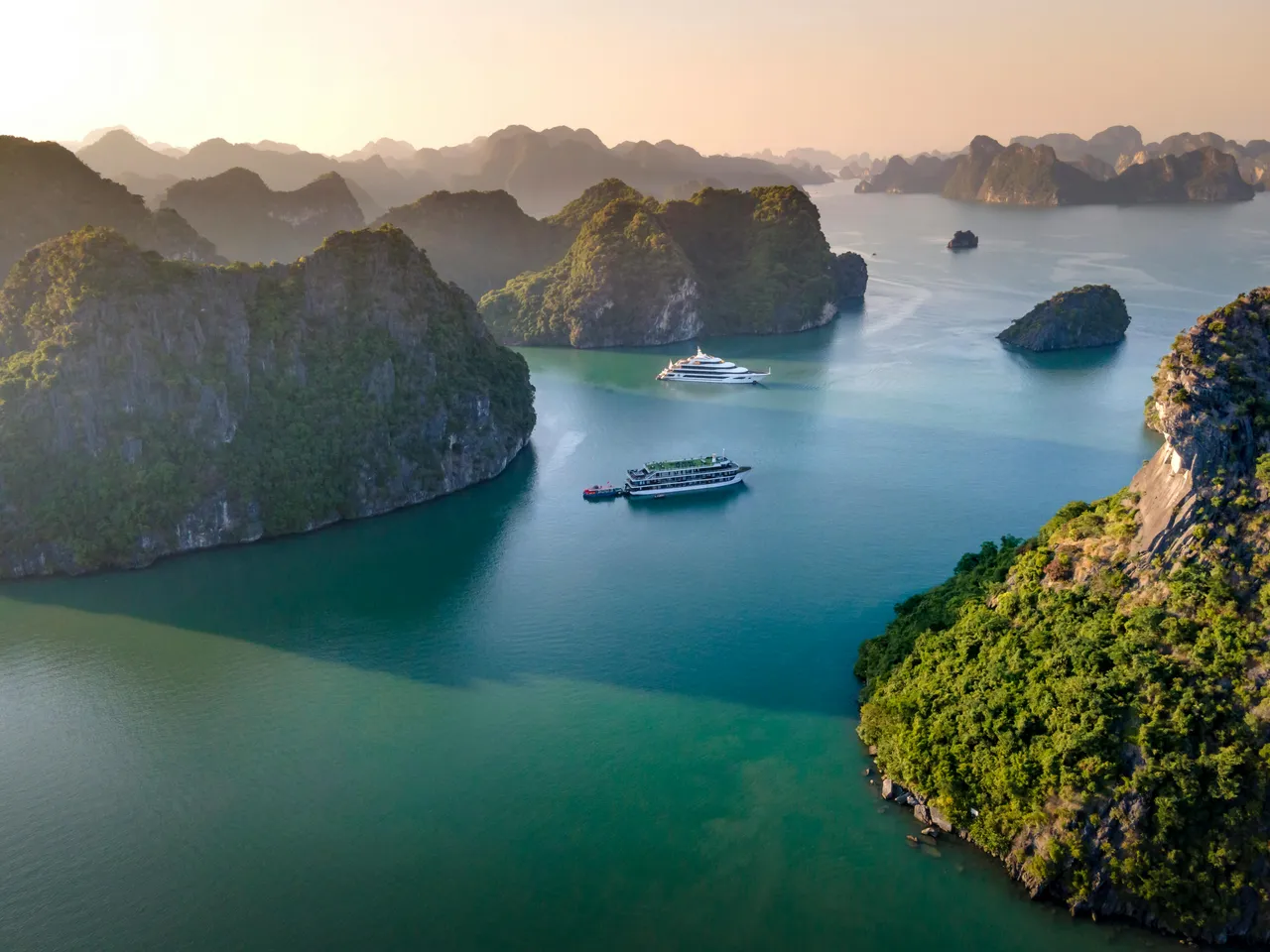
Many travelers come to Ha Long Bay for its otherworldly seascape of limestone islands, but this natural wonder can also be considered an outdoor adventure paradise. There are around 1,600 islands and islets scattered across the emerald waters, creating a maze of hidden caves, secluded beaches, and floating villages. In the summer, tourists flock here for kayaking and boat tours through the towering rock formations, but you can explore the bay’s wonders any time of year. Whether you’re interested in overnight cruises, fresh seafood from local fishing villages, or discovering the area’s rich mythology, Ha Long Bay offers experiences that make it one of Vietnam’s most visited destinations.
Hoi An Ancient Town
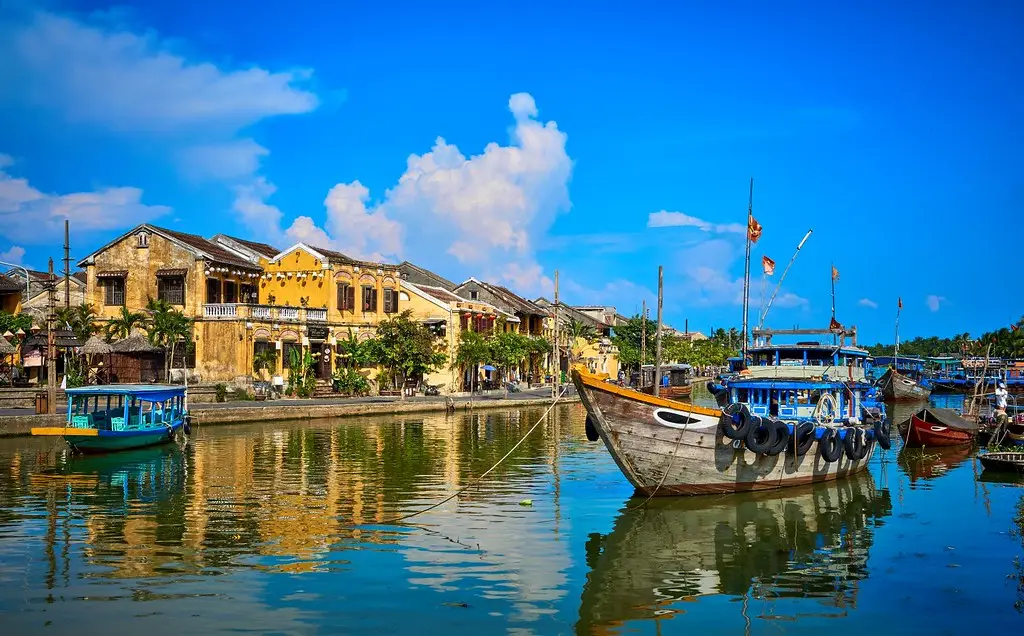
Many travelers come to Hoi An for its well-preserved Ancient Town, a UNESCO World Heritage site that showcases a unique blend of Chinese, Japanese, and European architecture. But this coastal destination offers much more than just historic buildings – you’ll find peaceful rice paddies, white sand beaches, and some of Vietnam’s best food scenes. The monthly lantern festival bathes the old streets in a warm glow, while the nearby Thu Bon River provides a perfect backdrop for sunset boat rides. Whether you’re getting a custom suit made by local tailors, joining a cooking class, or cycling through the surrounding countryside, Hoi An keeps visitors busy throughout the year.
Hanoi Old Quarter
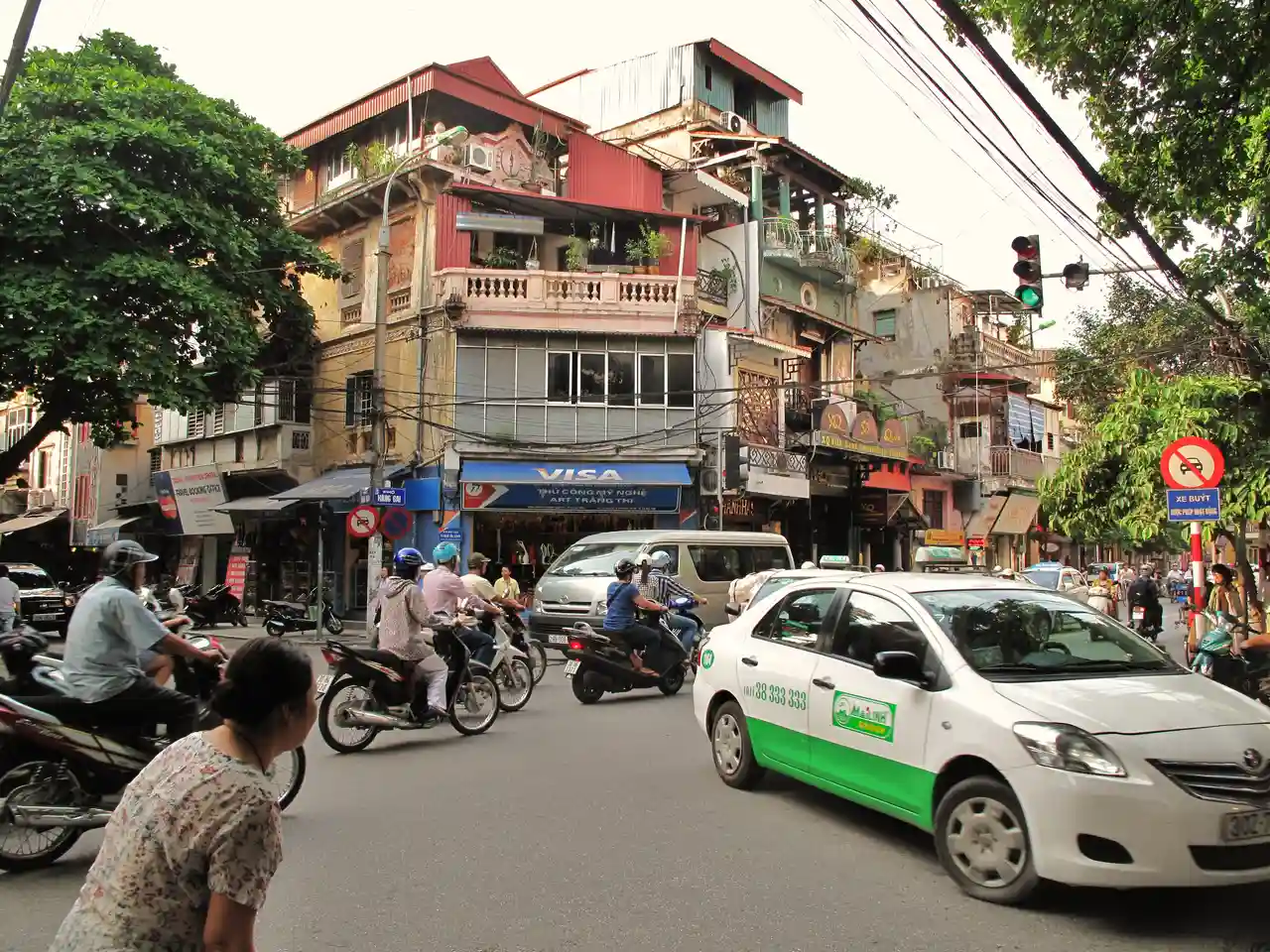
The maze-like streets of Hanoi’s Old Quarter tell the story of a neighborhood that’s barely changed in 1,000 years. Like many historic districts in Asia, it’s packed with shops, food stalls, and local life, but what sets it apart is how each street still specializes in specific trades – just as they did centuries ago. Walk down Hang Bac for traditional silver jewelry or Hang Gai for silk goods, and you’ll see why locals call this area “36 Streets.” The narrow lanes are filled with tiny coffee shops serving strong Vietnamese coffee, while motorbikes zip past ancient temples and French colonial buildings. Because of its history as a trading hub, the Old Quarter blends Vietnamese traditions with influences from Chinese merchants who settled here long ago, creating a unique atmosphere you won’t find anywhere else in Vietnam.
Sapa Rice Terraces
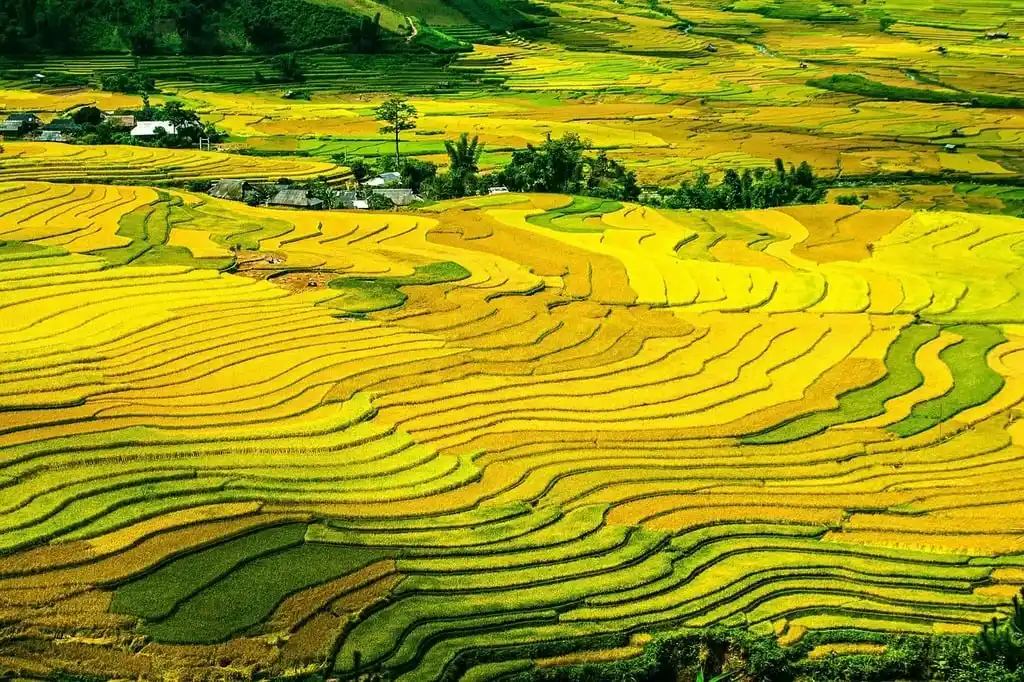
Ever wondered what rice fields could look like when they climb up mountains? In the misty hills of northern Vietnam, Sapa’s rice terraces flow down the slopes like giant green stairs carved into the earth. Local Hmong farmers have worked these terraces for generations, creating a living masterpiece that changes colors with the seasons – from emerald green during growing months to golden yellow at harvest time. You can trek through these gentle slopes, staying in cozy homestays with local families who’ll teach you their traditional farming methods and share stories over steaming bowls of pho. The best views come at dawn when the morning fog lifts to reveal the patchwork of terraces stretching as far as the eye can see.
Phong Nha-Ke Bang National Park
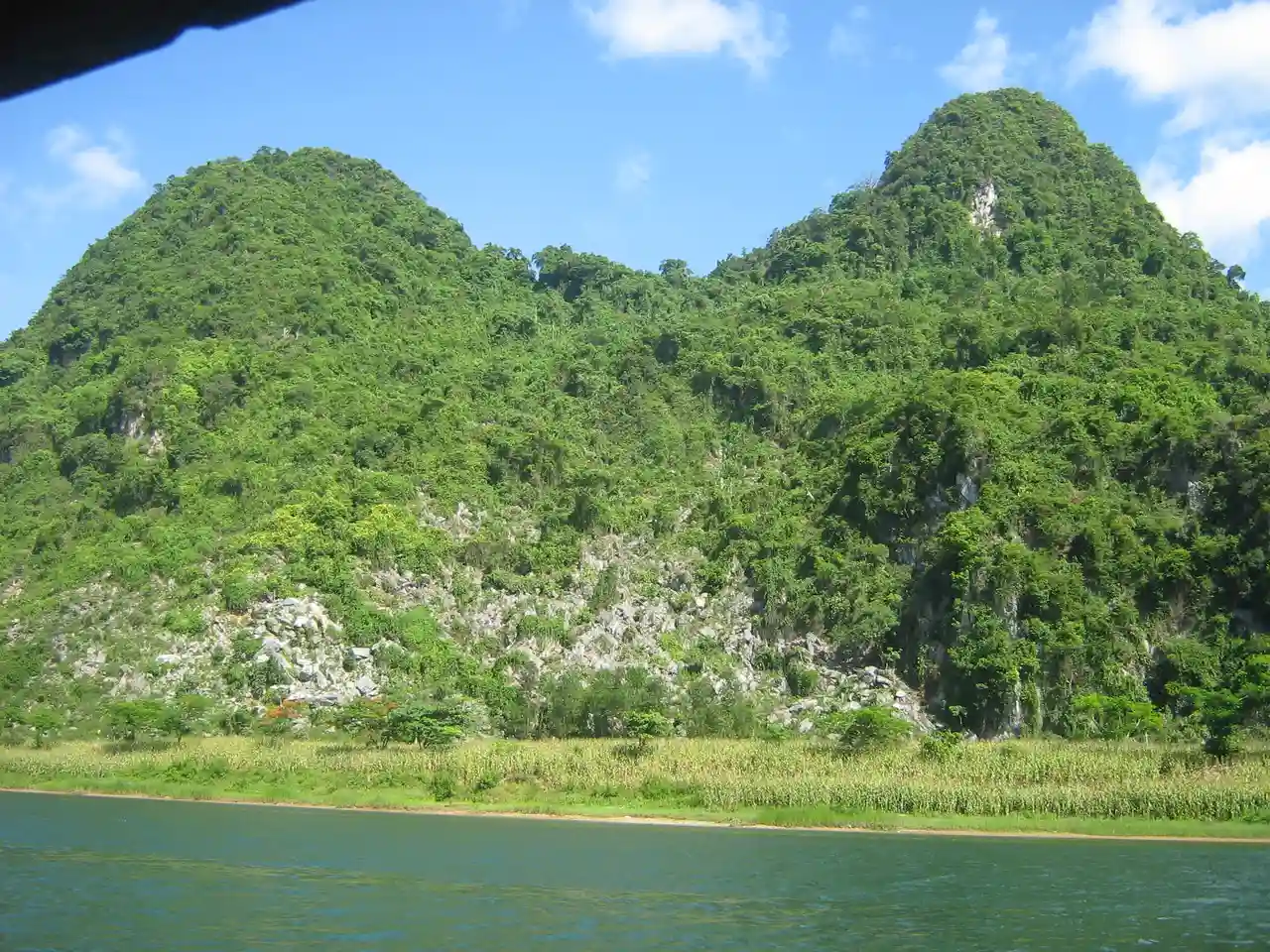
If you’re into exploring natural wonders, Phong Nha-Ke Bang National Park needs to be on your Vietnam itinerary. Located in the heart of Quang Binh Province, this UNESCO World Heritage site is home to over 400 caves, including Son Doong – the world’s largest cave system. With its ancient limestone karsts, dense jungles, and underground rivers, the park offers visitors a chance to witness nature at its most impressive.
Hue Imperial City
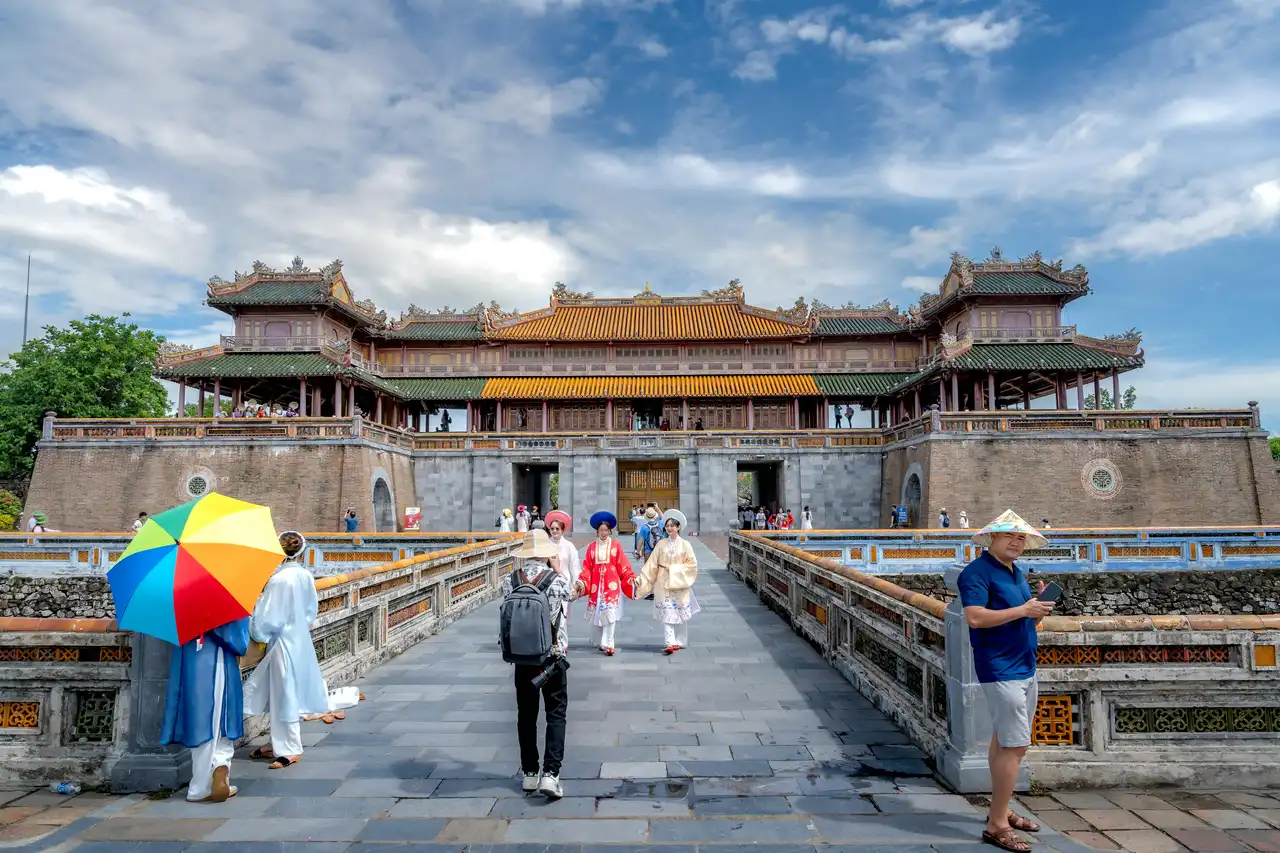
Stepping into Hue’s Imperial City feels like walking straight into Vietnam’s royal past. This massive walled fortress served as home to the Nguyen Dynasty emperors who ruled from the early 1800s to mid-1900s. What you’ll find inside these thick stone walls is a complex of palaces, temples, and gardens that once hosted elaborate ceremonies and housed the country’s most powerful family. While some buildings still show damage from the Vietnam War, ongoing restoration work helps visitors picture how grand this place must have been in its heyday. It’s best to visit early in the morning when you can wander the peaceful courtyards, peek into throne rooms, and imagine court life playing out among the ancient pillars and archways.
Nha Trang Beach

Nha Trang Beach holds a special place among Vietnam’s coastal destinations. This 6-kilometer stretch of white sand and clear waters has become a favorite spot for both locals and tourists looking to escape the busy city life. The gentle waves make it perfect for swimming year-round, while the nearby islands offer some of the country’s best snorkeling and diving spots. I love how the beach manages to balance the energy of beachfront restaurants and water sports with quiet corners where you can still find peace under a palm tree. It’s not just about the beach though – the seafood markets and local eateries that line the shore give you a real taste of coastal Vietnamese life.
Mui Ne Sand Dunes

Many travelers head to Mui Ne for its famous red and white sand dunes, but this coastal area offers much more than just desert-like landscapes. The dunes stretch for miles along Vietnam’s southeastern coast, where visitors can try sandboarding or take a quad bike ride across the rippling sands. Early risers often make their way to the white dunes before dawn to watch the sunrise paint the sky in soft colors, while photographers gather at the red dunes during golden hour to capture the changing shadows. Beyond the dunes, you’ll find local fishing villages where colorful boats dot the shoreline and fresh seafood restaurants serve up the day’s catch, making Mui Ne an ideal spot for both adventure seekers and those looking to experience authentic Vietnamese coastal life.
Phu Quoc Island
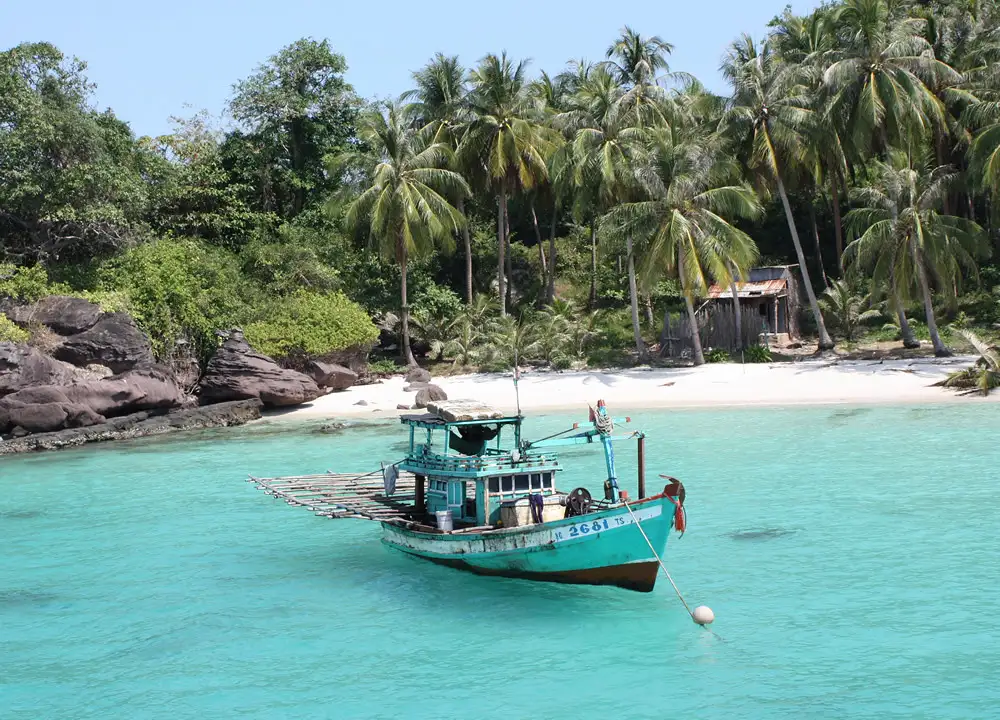
Step into paradise on Phu Quoc, Vietnam’s largest island where white sand beaches meet turquoise waters. This tropical gem in the Gulf of Thailand offers both peaceful seaside escapes and fun water activities – from snorkeling among colorful fish to kayaking along the shore. Head to Long Beach for the perfect sunset view, or explore the night market in Duong Dong town where you can sample fresh seafood and local specialties. For a unique experience, take a cable car ride to Hon Thom Island – it’s one of the longest over-water cable car systems in the world.
Da Nang City

Many travelers come to Da Nang for its long stretches of beach along the South China Sea, but this coastal city offers much more than just sand and surf. Located between Hanoi and Ho Chi Minh City, Da Nang serves as a perfect middle point for exploring central Vietnam’s cultural treasures. The iconic Dragon Bridge lights up and shoots fire on weekends, while the marble mountains provide excellent hiking opportunities with hidden caves and temples. The nearby Hai Van Pass, made famous by Top Gear, offers one of Vietnam’s most scenic coastal drives, and you can spend your evenings sampling fresh seafood at the bustling Han Market or along the developing riverfront area.
Ninh Binh Province
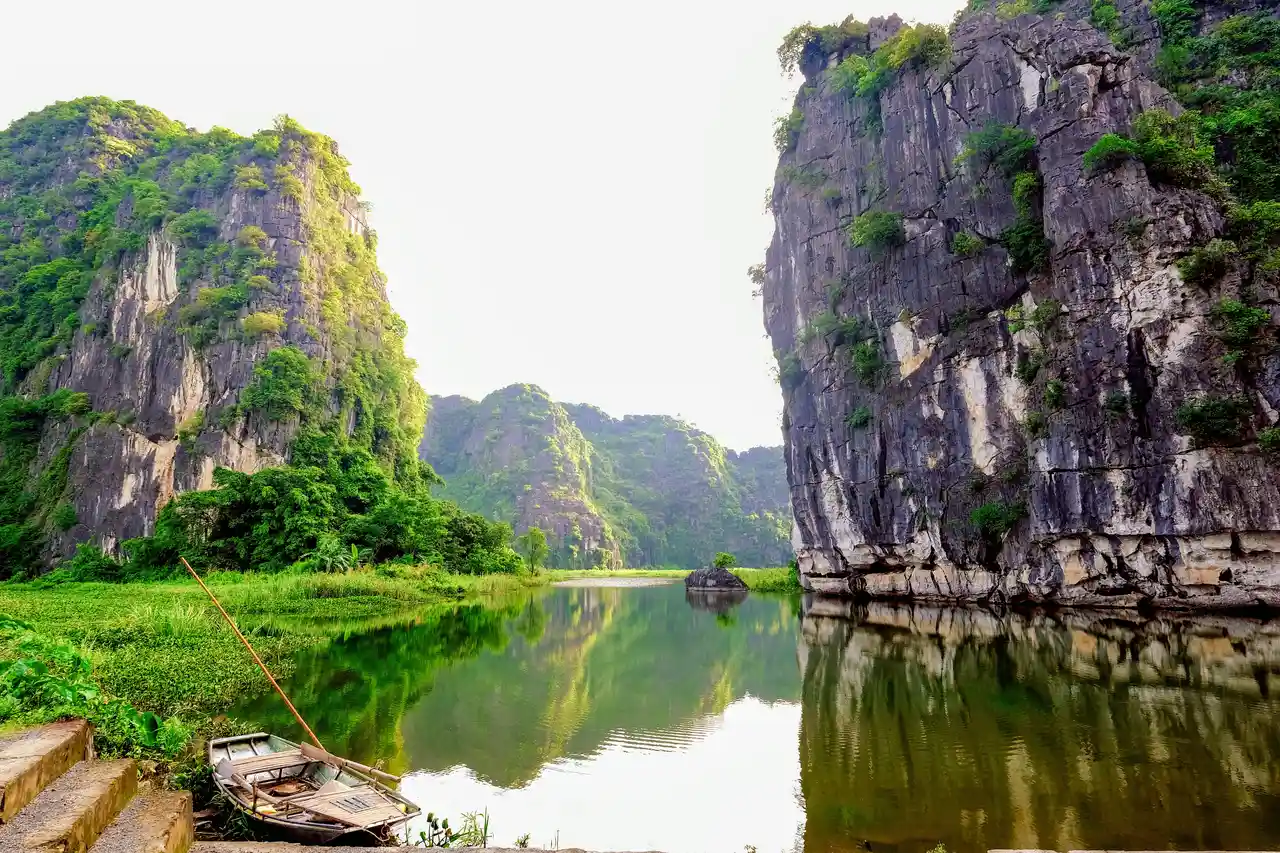
I recommend checking out Ninh Binh Province, often called the “Halong Bay on Land.” Just a 2-hour drive from Hanoi, this region features towering limestone peaks rising from emerald rice paddies and meandering rivers. You can explore ancient temples tucked into mountainsides, drift through cave systems in traditional wooden boats, and cycle past water buffalo grazing in peaceful villages.
Con Dao Islands
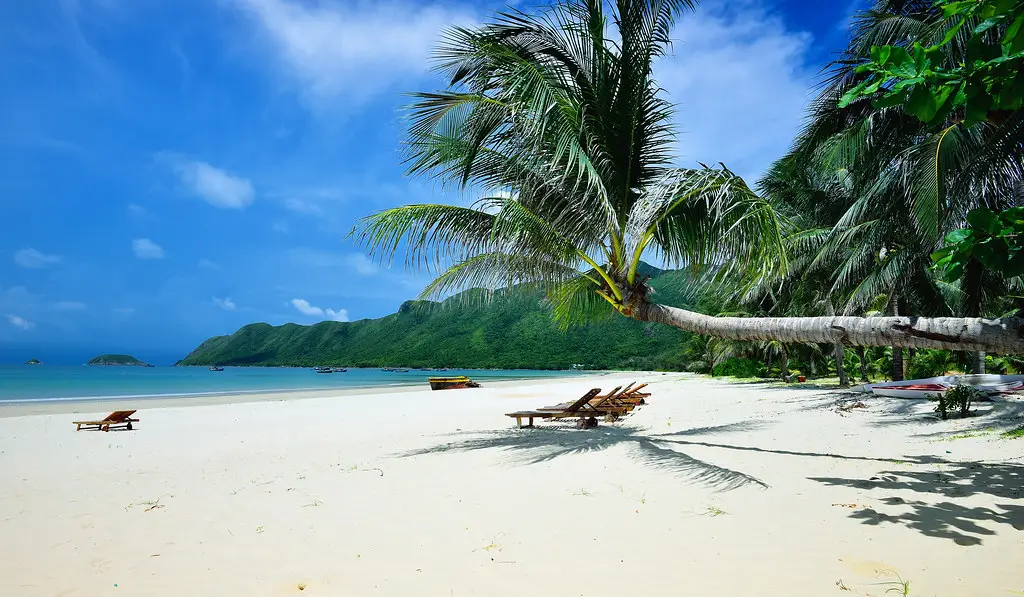
Many travelers venture to the Con Dao Islands for their pristine beaches and clear waters, but this archipelago off Vietnam’s southern coast holds much more than just seaside appeal. The islands carry deep historical significance as a former prison complex during French colonial rule, with several well-preserved sites open to visitors today. While the main island Con Son draws people to its coral reefs and diverse marine life – including nesting sea turtles – the surrounding smaller islands offer excellent hiking trails and quiet spots for nature watching. The dry season from November to February provides the best conditions for outdoor activities, but the islands maintain their peaceful atmosphere throughout the year.
Mekong Delta
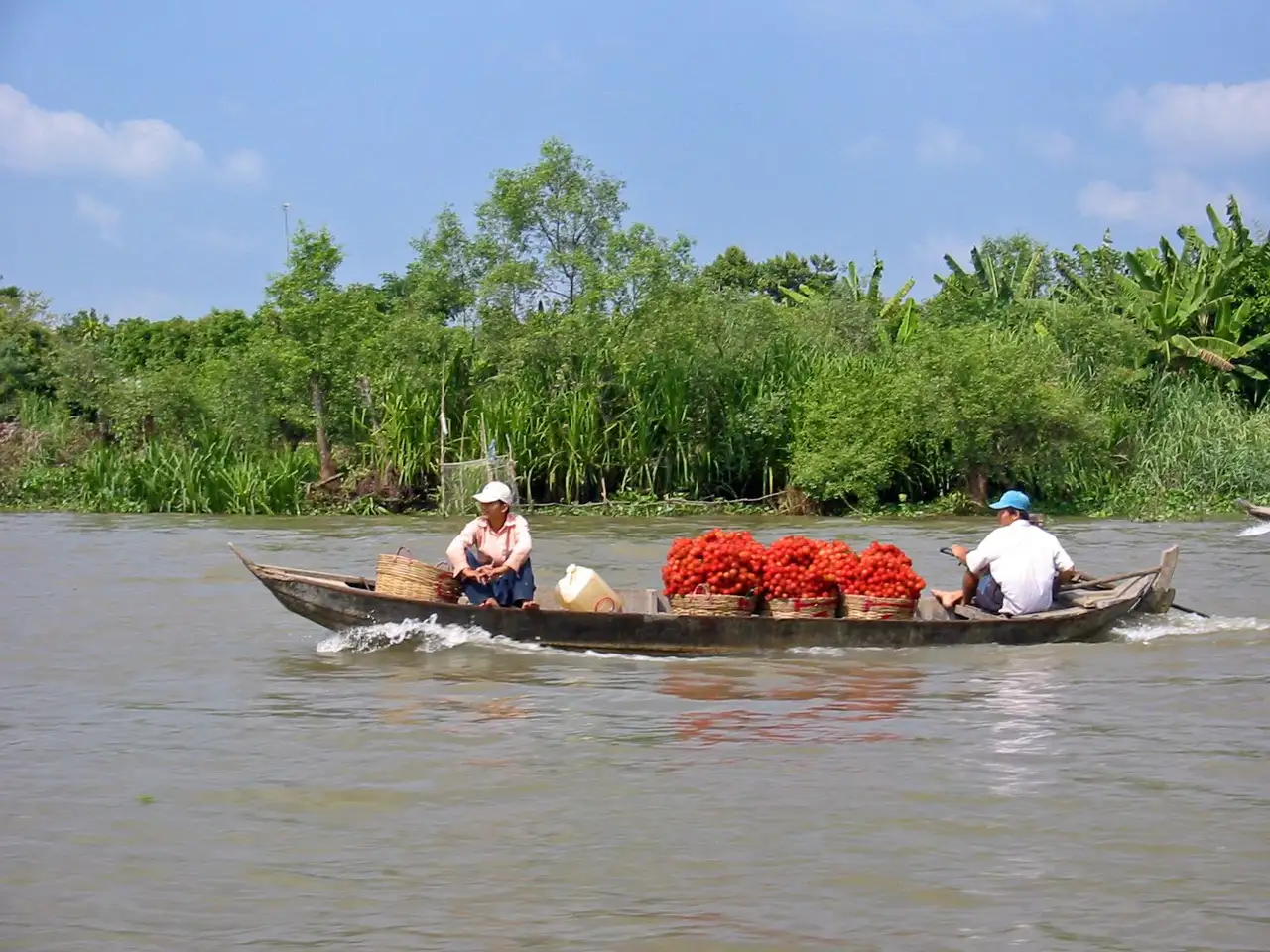
Ever wondered what life along Asia’s most important river system looks like? The Mekong Delta shows you exactly that – a maze of rivers, islands, and floating markets where boats loaded with fresh fruit and vegetables create a constant buzz of activity. Just a few hours from Ho Chi Minh City, this region is where local farmers tend to endless rice paddies that stretch to the horizon, while women in cone-shaped hats paddle through narrow canals selling fresh coconuts and tropical fruits. You can hop on a wooden boat to explore the bustling Cai Rang floating market, cycle through tiny villages on palm-fringed paths, or stay with local families to learn the art of Vietnamese cooking and fishing techniques passed down through generations.
Ho Chi Minh City
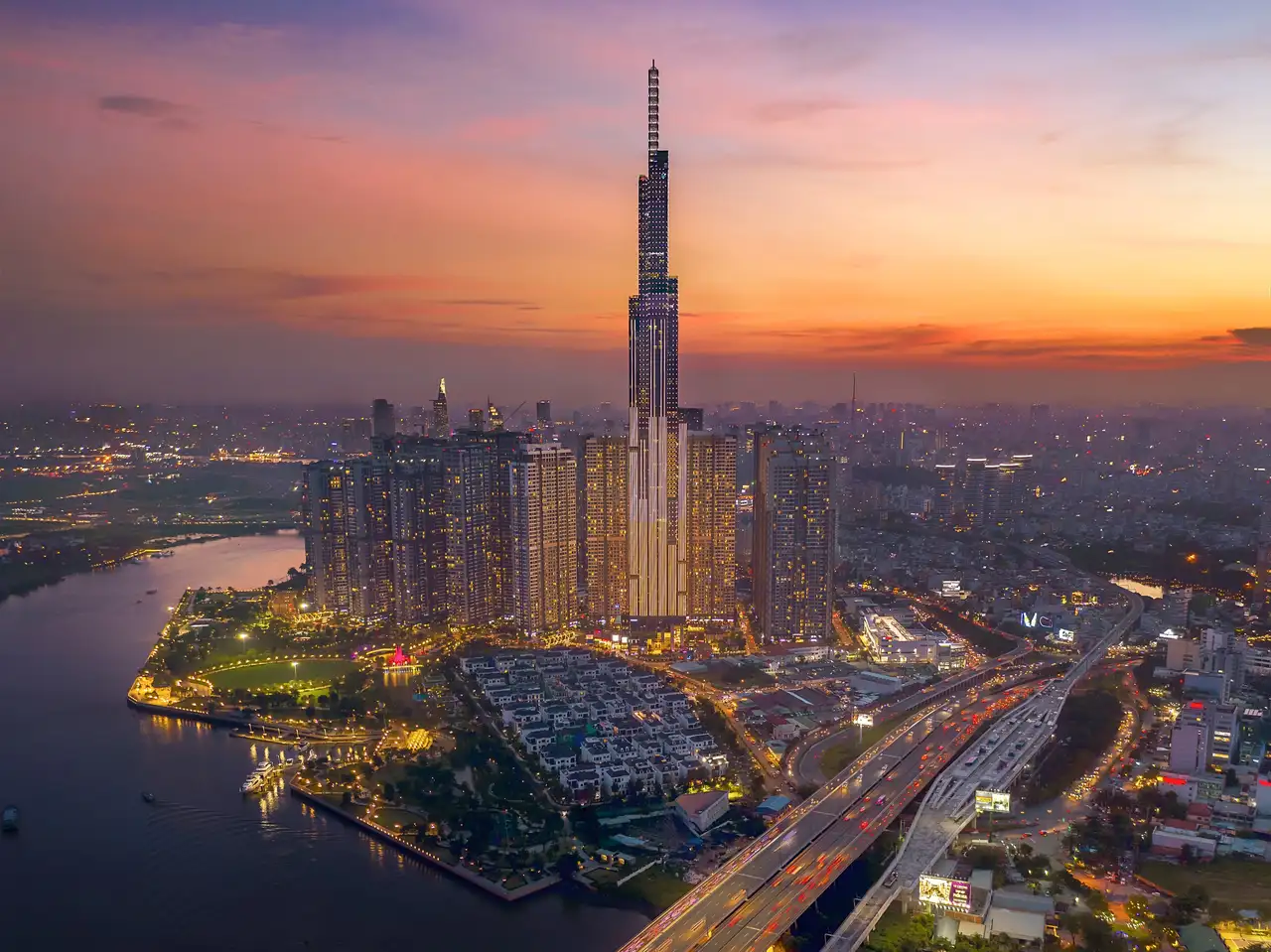
Have you ever zipped through city streets on the back of a motorbike, weaving between thousands of other riders? It’s an everyday scene in Ho Chi Minh City, where modern skyscrapers stand alongside French colonial buildings and ancient temples. The largest city in Vietnam mixes old-world charm with modern energy – you’ll find traditional markets like Ben Thanh selling local specialties just blocks away from sleek rooftop bars overlooking the Saigon River. History buffs can explore the War Remnants Museum and Cu Chi Tunnels, while food lovers can sample some of Vietnam’s best pho and banh mi from street-side vendors. Don’t miss the chance to sip Vietnamese coffee at a local cafe, watching the endless stream of motorbikes pass by.
Mai Chau Valley
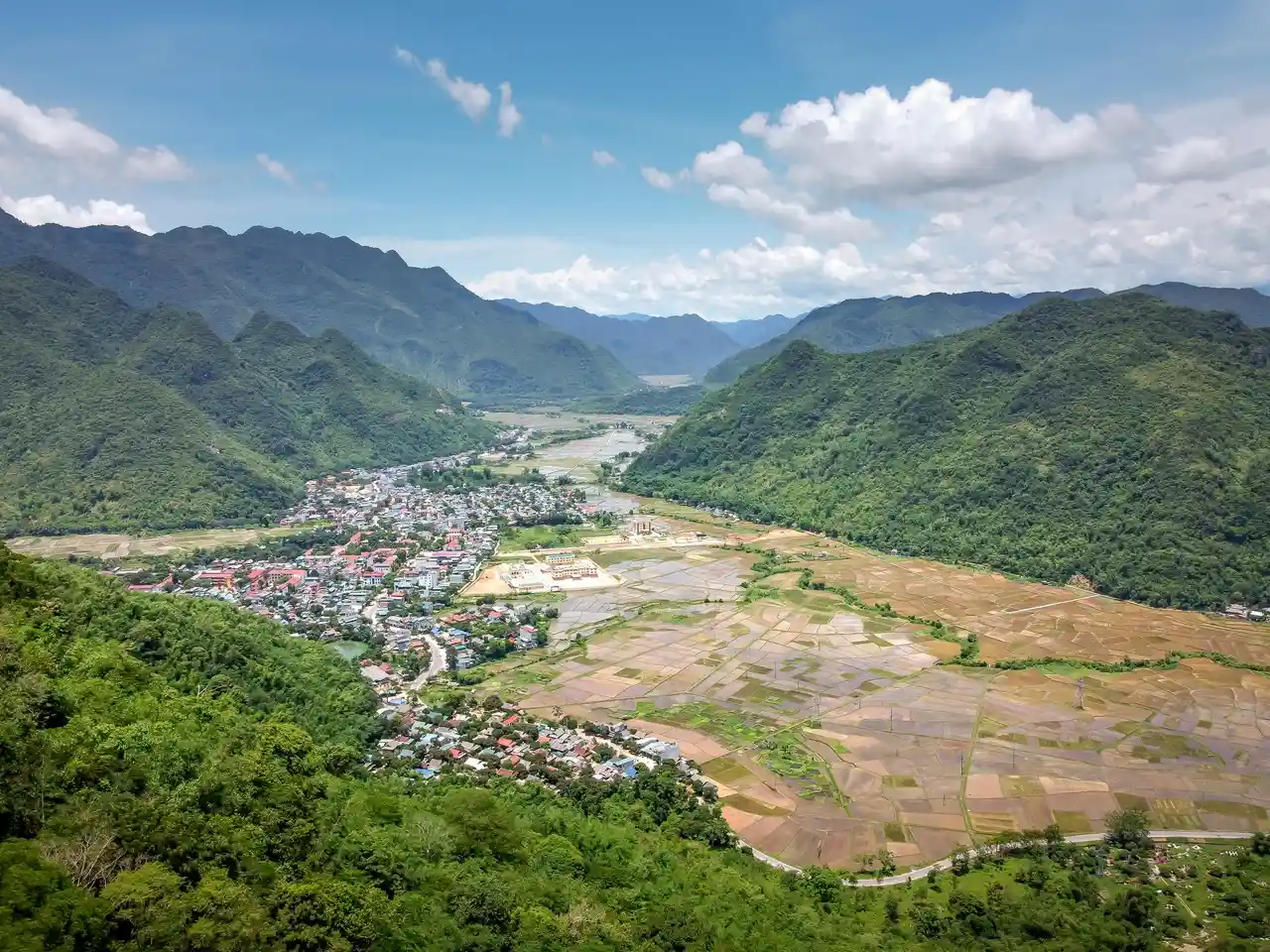
If you’re searching for a peaceful escape from Vietnam’s busy cities, Mai Chau Valley feels like stepping into a different world. This rural wonderland, about 85 miles from Hanoi, welcomes visitors with endless rice fields stretching between limestone mountains and small villages where life moves at its own gentle pace. Local White Thai families live in traditional stilt houses, weaving colorful textiles by hand and tending to their farms just as their ancestors did generations ago. It’s not a place for those seeking nightlife or shopping malls – instead, you’ll find yourself cycling down quiet paths between paddies, sharing meals with local families, and waking up to the sound of roosters rather than traffic. While it’s becoming more popular with travelers, Mai Chau still feels authentically off the beaten path.
Ha Giang Province
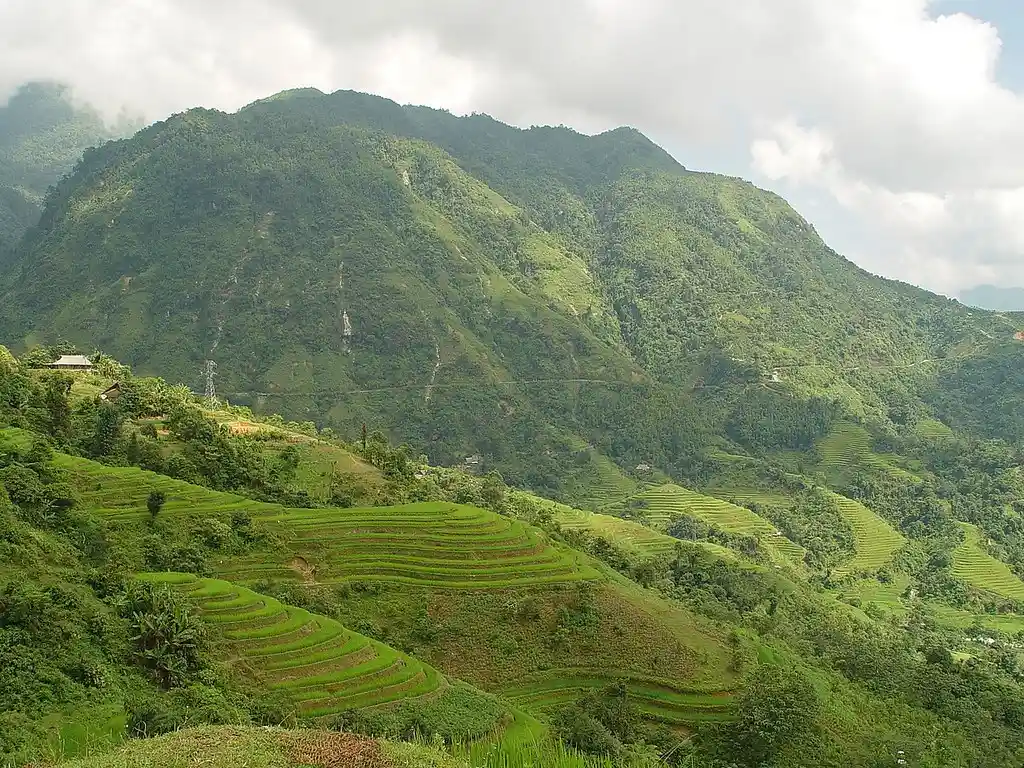
Many travelers head to Ha Giang Province for its famous mountain passes and winding roads, but this northern Vietnamese region offers much more than just scenic drives. The remote landscape features layered rice terraces climbing up limestone peaks, while small villages of ethnic minority groups dot the countryside, each with their own distinct traditions and ways of life. The Dong Van Karst Plateau Geopark showcases impressive rock formations and deep valleys, drawing both geology enthusiasts and photographers year-round. While most visitors come during the autumn harvest season when the rice fields turn golden, Ha Giang’s natural beauty and cultural experiences make it worth exploring in any season.
Dalat City
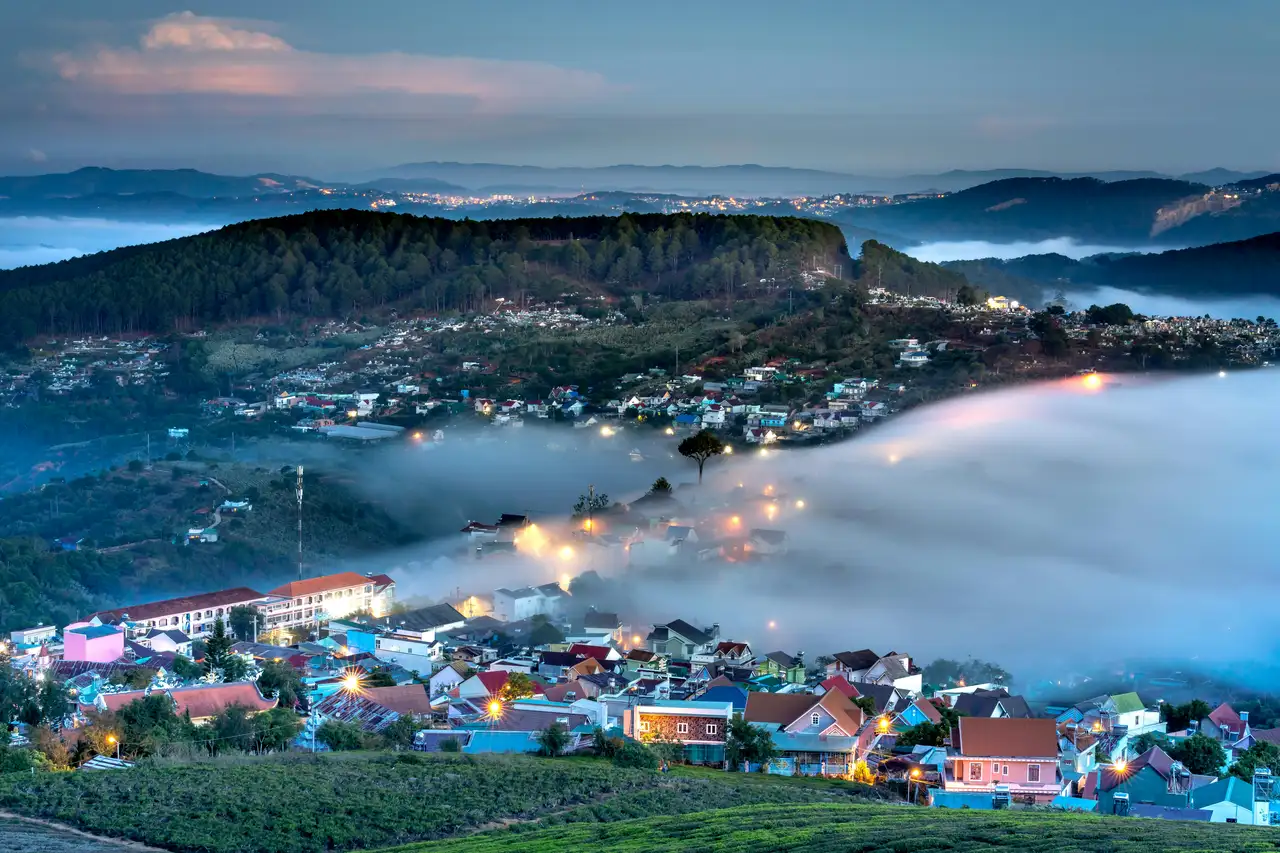
Escape the heat and humidity when you visit Dalat, Vietnam’s charming mountain resort city. The cool climate and pine-covered hills make it feel more like a European alpine town than Southeast Asia. Take a cable car ride over the city’s flower farms and coffee plantations, or explore the unique French colonial architecture downtown. For a taste of local culture, start your morning at the bustling Dalat Market, where you can sample fresh produce and herbs grown in the surrounding highlands. Nature lovers should head to Xuan Huong Lake for peaceful walks and boat rides through the misty landscape.
Can Tho Floating Market
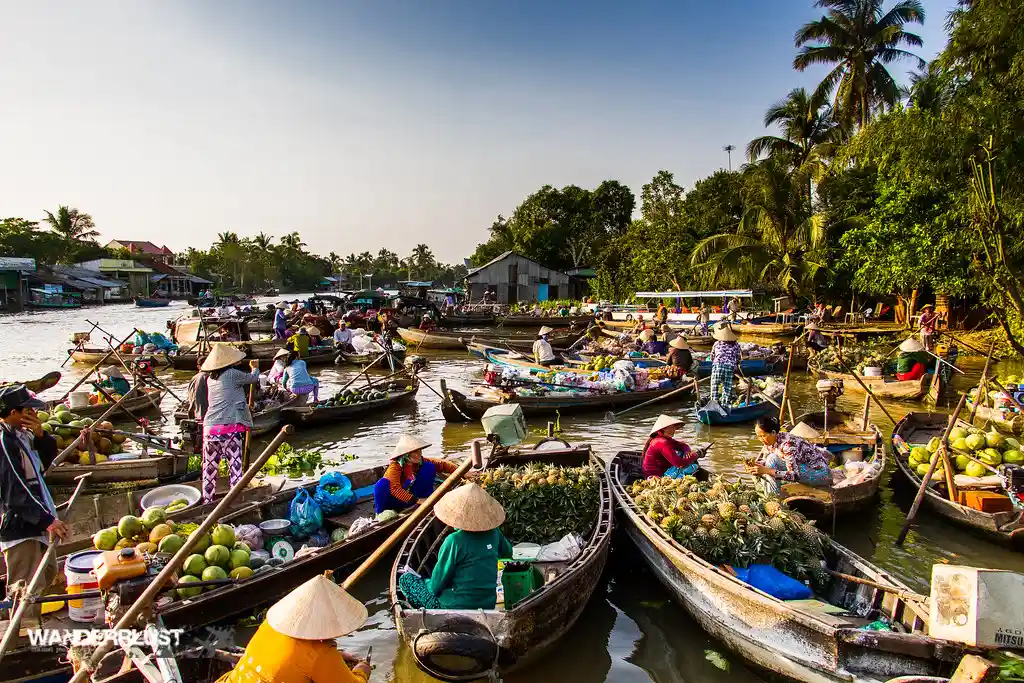
I always tell travelers heading to the Mekong Delta to visit Can Tho’s floating market. Starting before sunrise each morning, hundreds of wooden boats gather on the river to trade fresh produce, local specialties, and everyday goods. The market has been a cornerstone of daily life here for generations, with vendors hanging their products on tall bamboo poles so buyers can spot them from afar. Coffee sellers weave between the larger boats in small sampans, serving hot drinks to merchants and visitors alike.
My Son Sanctuary
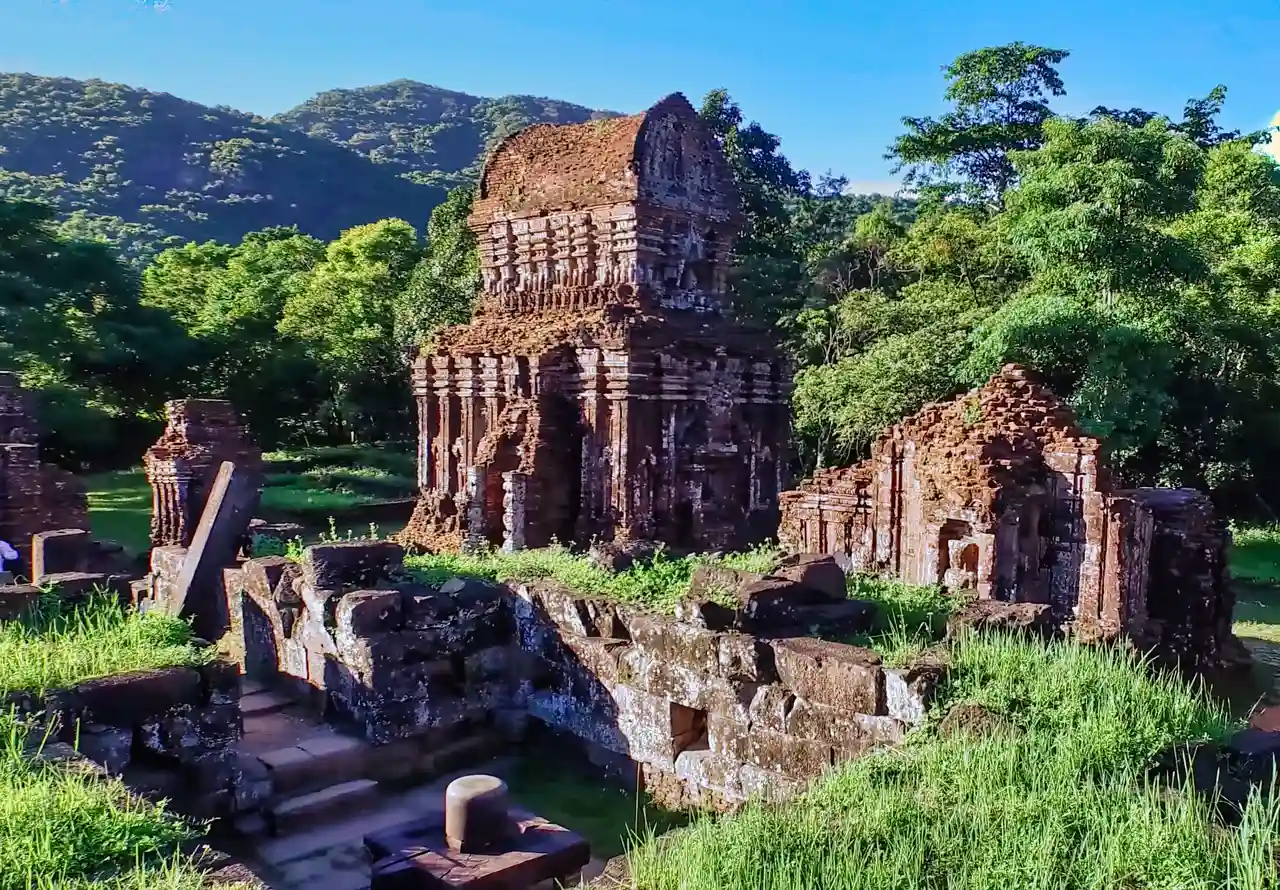
Located in central Vietnam, the My Son Sanctuary stands as one of Southeast Asia’s most significant historical sites. This collection of Hindu temples, built between the 4th and 14th centuries by the kings of Champa, tells the story of a civilization that once ruled these lands. Walking through the ruins feels like stepping into a history book – you’ll find yourself wandering among brick towers decorated with intricate carvings, all set against a backdrop of lush mountains. While many structures were damaged during the Vietnam War, the remaining temples still give visitors a glimpse into the architectural mastery of the Champa people. It’s best to visit early in the morning when the tropical heat is manageable and the morning mist adds an extra layer of mystery to these ancient stones.
Ba Be National Park
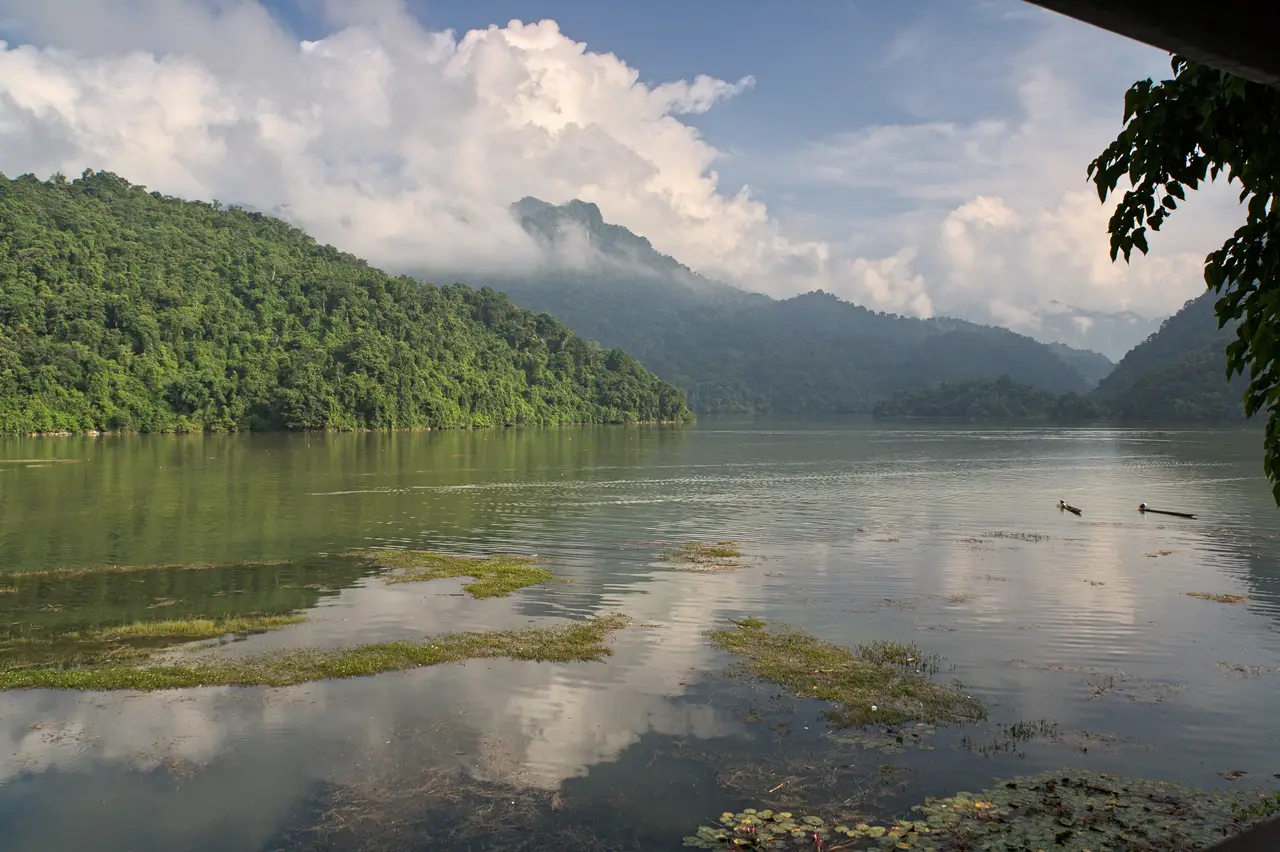
Hidden in northern Vietnam’s Bac Kan Province, Ba Be National Park feels like nature’s best-kept secret. This pristine wonderland centers around Ba Be Lake, Vietnam’s largest natural lake, surrounded by limestone cliffs and dense forest. Unlike the country’s more touristy spots, Ba Be moves at its own peaceful rhythm – where you can watch local fishermen cast their nets just as their ancestors did centuries ago. The park is home to the Tay ethnic minority, and staying in their traditional stilt houses gives you a genuine glimpse into rural Vietnamese life. Between the winding rivers, hidden caves, and countless hiking trails, you’ll find yourself discovering a Vietnam that many visitors never get to experience.

